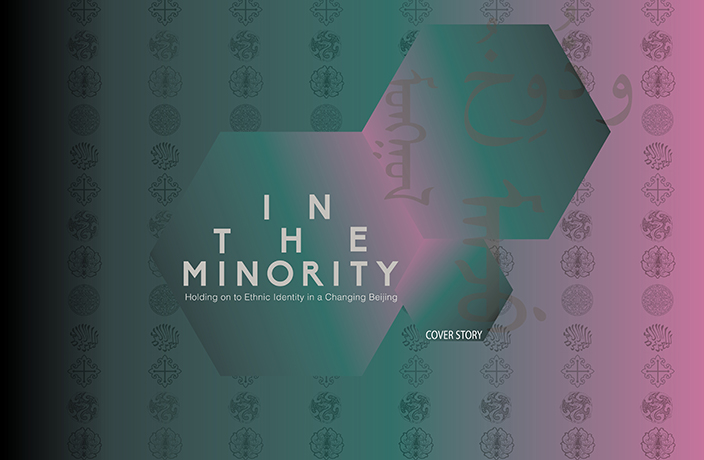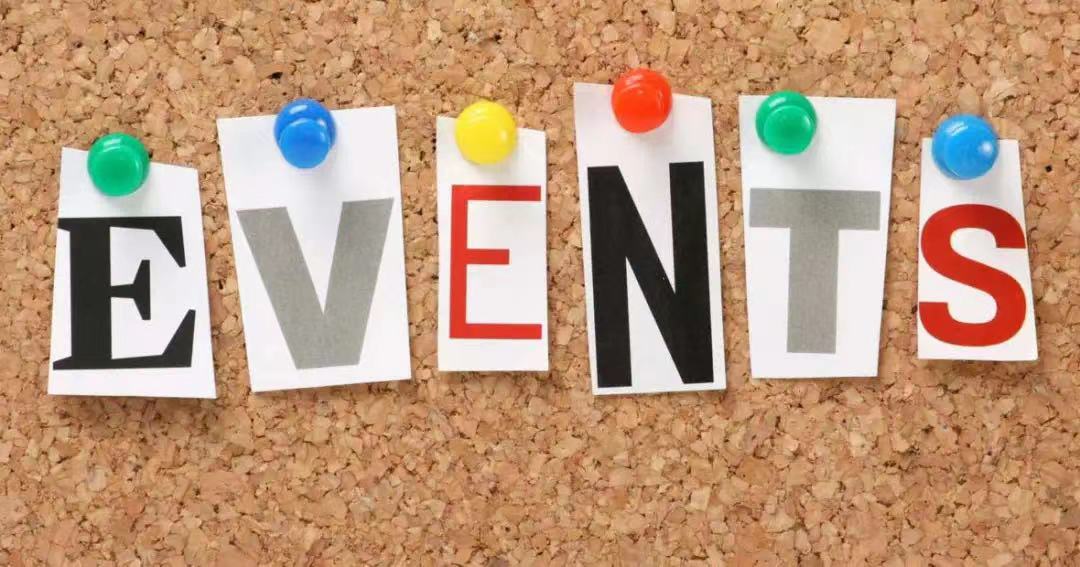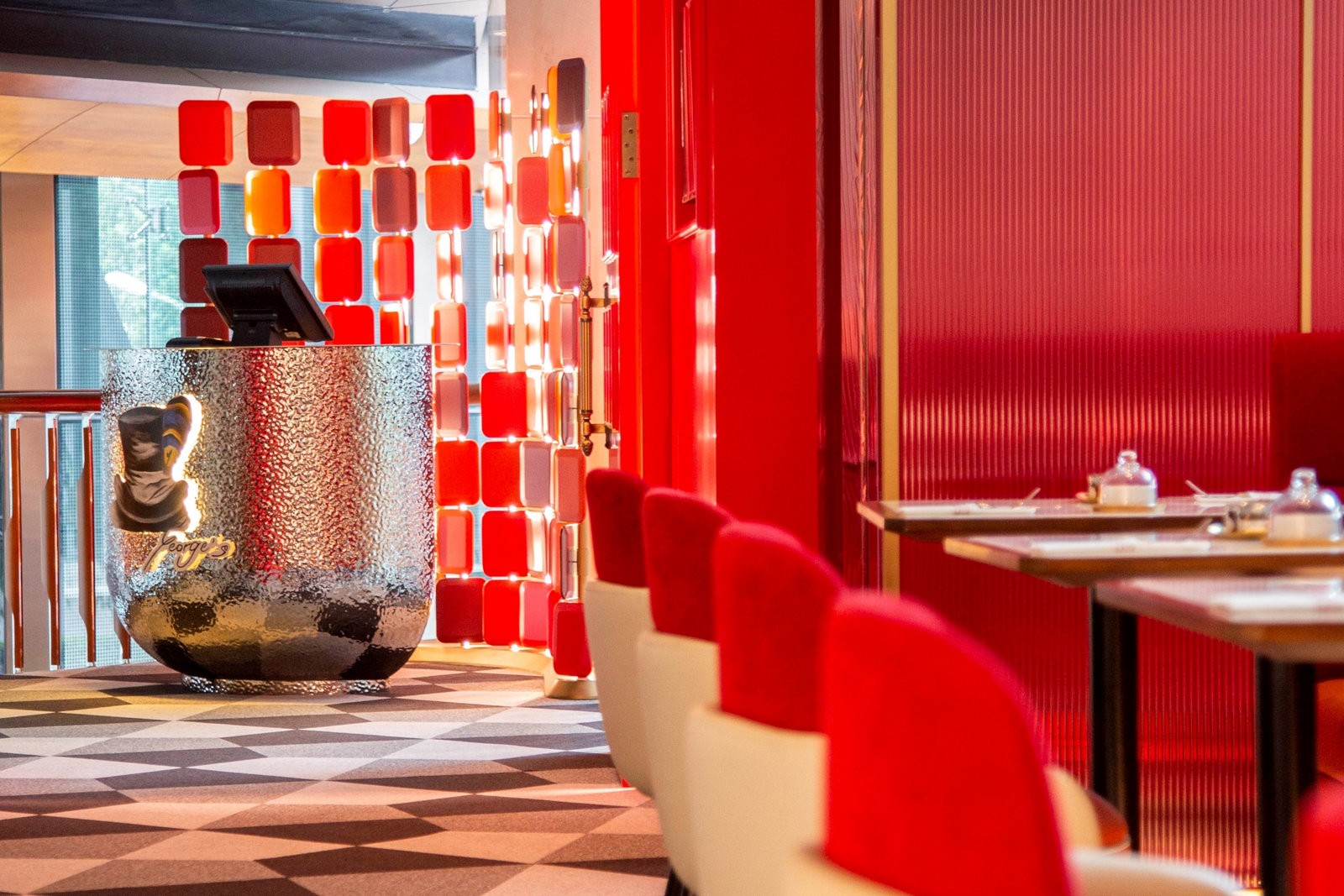For this month’s cover story we met with individuals from Beijing’s three largest non-Han groups: Manchu, Hui and Mongol, which between them make up more than four-fifths of Beijing’s ethnic minority population. In Part I of this three-part series, we take an in-depth look at the Hui community in Xicheng district.
Late afternoon sun leaks over the curved roof of Beijing’s Niujie Mosque as worshippers gather in the courtyard. They greet each other with handshakes and utterances of “salam,” before removing their shoes to enter the main prayer hall.
Friday is traditionally the busiest time of the week here. But the most important of the day’s prayers (Jumu’ah) has already passed, and only a smattering of worshippers trickle into the 1,000-person hall. Among them is a group of young Uyghurs visiting from Xinjiang, though most here are of the Hui ethnic minority – a group of predominantly Sunni Muslims who make up less than 2 percent of Beijing’s population.

Worshippers in the Mosque's main prayer hall
Often the descendants of nobles, scholars or traders who arrived in China from the Silk Road during the Tang dynasty (618–907), the Hui people live mostly in China’s central plain or northwestern provinces. But a permanent Hui population has resided in the capital since the 10th century, when the Niujie Mosque was first built.
The oldest of more than 60 mosques in Beijing, Niujie has stood on this spot – facing West to Mecca – since 996. It still serves as the nucleus of the Hui community, but it also hopes to enlighten outsiders and tourists (including the visiting heads of Islamic countries who are often brought here to pray). Preserving religious identity in modern-day Beijing can be challenging, explains Jin Yinghui, who is on duty at the Mosque’s museum.
“The Muslim community doesn’t do enough positive propaganda,” she says, showing us the museum’s collection of scrolls and ancient artefacts. “In other provinces like Yunnan and Ningxia, schools have classes for people to learn about minority culture. But here in Beijing, people don’t get much opportunity to learn about Islam.”
 Jin Yinghui, who works at the Niujie Mosque's museum
Jin Yinghui, who works at the Niujie Mosque's museum
As the afternoon’s prayers conclude, a group of men in traditional white caps emerge from the Mosque and stand outside chatting. They tell us their aspirations – ones shared by Muslims everywhere: teaching their children Arabic and visiting Mecca on Hajj. All seem bound by a common identity, regardless of their differing backgrounds.
“I am from Xinjiang, he is from Qinghai and he is from Beijing,” says one man. “But when Muslims get together we become friendly immediately.”
The Beijinger among them is an 82-year-old who only reveals his surname – Mr. Ban. He has seen countless changes in the district over the decades, most notably in its ethnic makeup.
“The majority here used to be Hui, with a few Han,” he explains. “But some Huis left and there was gentrification.”
Demographics in Niujie have certainly altered in recent years, but the area is still home to approximately 24,000 Hui people, roughly one-tenth of Beijing’s Hui community. None of the city’s other minority groups have distinct ethnic neighborhoods, but this ancient enclave lives on. And despite the fact that – as Mr. Ban alludes – the wider district is now almost 80 percent Han, the area immediately around the mosque is still majority Muslim, with Huis accounting for 54 percent of the neighborhood’s population.

Beijinger Mr. Ban, 82, who attends the Niujie Mosque in the heart of Beijing's Hui district
The relationship between gentrification and ethnicity in Niujie is complicated. Having spent over RMB10 million renovating the mosque, Beijing’s municipal government then proceeded to rehouse thousands of residents in the 1990s. Still, studies suggest that 90 percent of the (mostly Hui) families who were displaced by the renovation returned to the district upon its completion. Their new homes tower over the community; apartment buildings are embellished with Muslim symbols and painted in shades of white and green – colors often associated with Islam.
The district’s main street (which, like the wider area, is also called Niujie) has undergone transformation too. During the gentrification, public buildings took on flourishes of Islamic architecture – green domes and ornate parapets – though they are for the benefit of tourists as well as residents. The local government is quick to remind the community of its role in improving living standards here – murals boast of recent developments in infrastructure and services. But this has always been an important point of trade for Beijing’s Muslims. Literally meaning ‘Oxen Street,’ Niujie’s name likely resulted from the halal meat trade, which has long thrived here. (Legend suggests that it was originally called ‘Liujie’ – ‘Pomegranate Street’ – because the Hui community once grew pomegranate trees in the area.)
Food is still central to the district’s commerce. A study – albeit one from 2002 – found that the restaurant street running east from Niujie sold around 6,000 kilograms of beef and mutton every day.
Other roads surrounding the Mosque are lined with Islamic supermarkets and butchers preparing meat in accordance with religious law. Hui and Uyghur people come here from across the city to shop, says the owner of a Halal butcher shop, Wu.
“We raise cattle ourselves,” she explains. “We buy the cows from Inner Mongolia, and we have a farm in Daxing. We raise them, kill them and then sell them here at Niujie.
“The Mosque is virtually the only place for Hui gatherings in the neighborhood,” she continues, before rebuffing our suggestion that young people may be less interested in religion. “Both young and old people go to the Mosque. Age does not make a difference. Children normally start going there once they reach the age of eight.”

Across the road we find an Islamic store selling everything from headscarves and prayer mats to a digital clock board showing the exact times of the day’s prayers. A line of mugs declares solidarity with Palestine.
“Tourists sometimes visit but they are Muslims too,” explains Fatuma, who owns the store with her husband. “People who come here are generally Muslims. There are Han customers, though not many. We are busy on Fridays. Because of Jumu’ah, many people will go to the Mosque for prayers.”
It seems that Fatuma is too busy to speak with us, so we leave her as she tapes up boxes for delivery. The sun sets over Niujie and the district’s restaurants begin to fill up. They serve Chinese culinary classics alongside traditional Islamic food, which seems fitting in a place where architecture, ethnicity and culture now fuse Hui identity with its Han surroundings.
Additional reporting by Emma Huang
Images by Holly Li
Read Part II – In the Minority: Manchus, The Last Emperors & Part III – In the Minority: Mongols' Original Organic Lifestyle





















0 User Comments